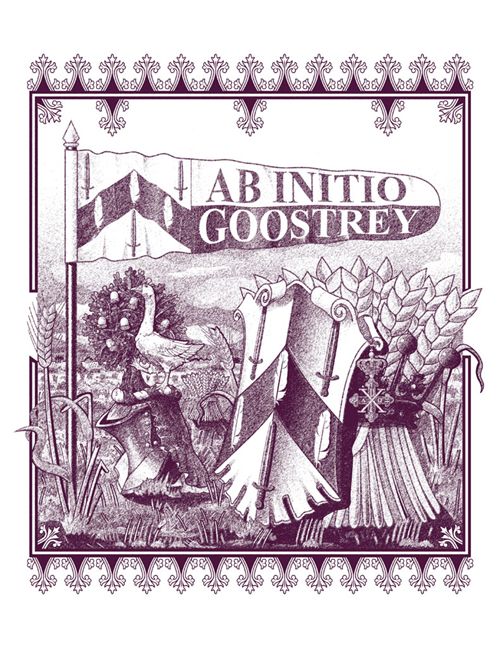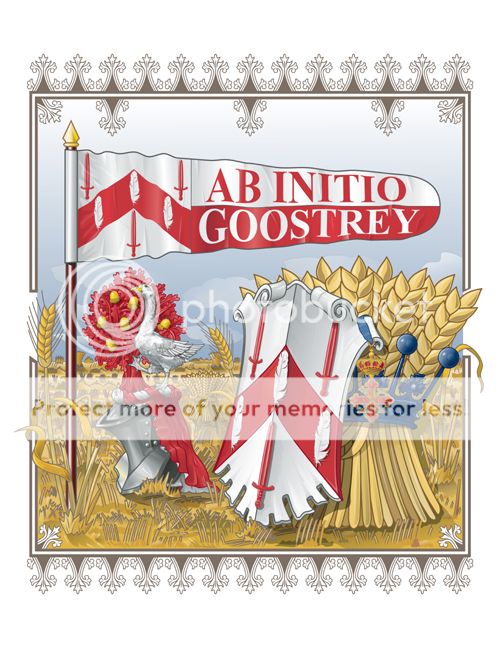John Strangeways Donaldson Selby was a member of the Selby family who were a long established border family occupying land on the mainland opposite Holy Island from the medieval period at Twizell and Biddlestone.
Richard Selby (d 1690) of Beal, purchased property on Holy Island in the 17th century. His grandson son George married a daughter of Prideaux Selby of Beal. A great grandson, also named Prideaux Selby (1747–1813) became a colonial administrator in Canada, Another great grandson Henry Collingwood Selby (d 1839) bought an estate at Swansfield, near Alnwick where he built Swansfield House to a design by architect John Dobson in 1823. The house was demolished in 1975.
Donaldson-Selby is often referred to as from Cheswick, as well as Lord of the Manor of Lindisfarne. He was against the development of lime kiln works on the island (the main and only industrial employer on Holy Island) but with the decline of the fishing industry in the mid 19th c, he offered prizes to the crews of the island’s most active fishing boats.
Donaldson Selby died on the island of Jersey in 1860.There is a Donaldson selby stained glass window in the Lindisfarne Church.
The plate is #26486 in the Franks collection in the British Museum.





